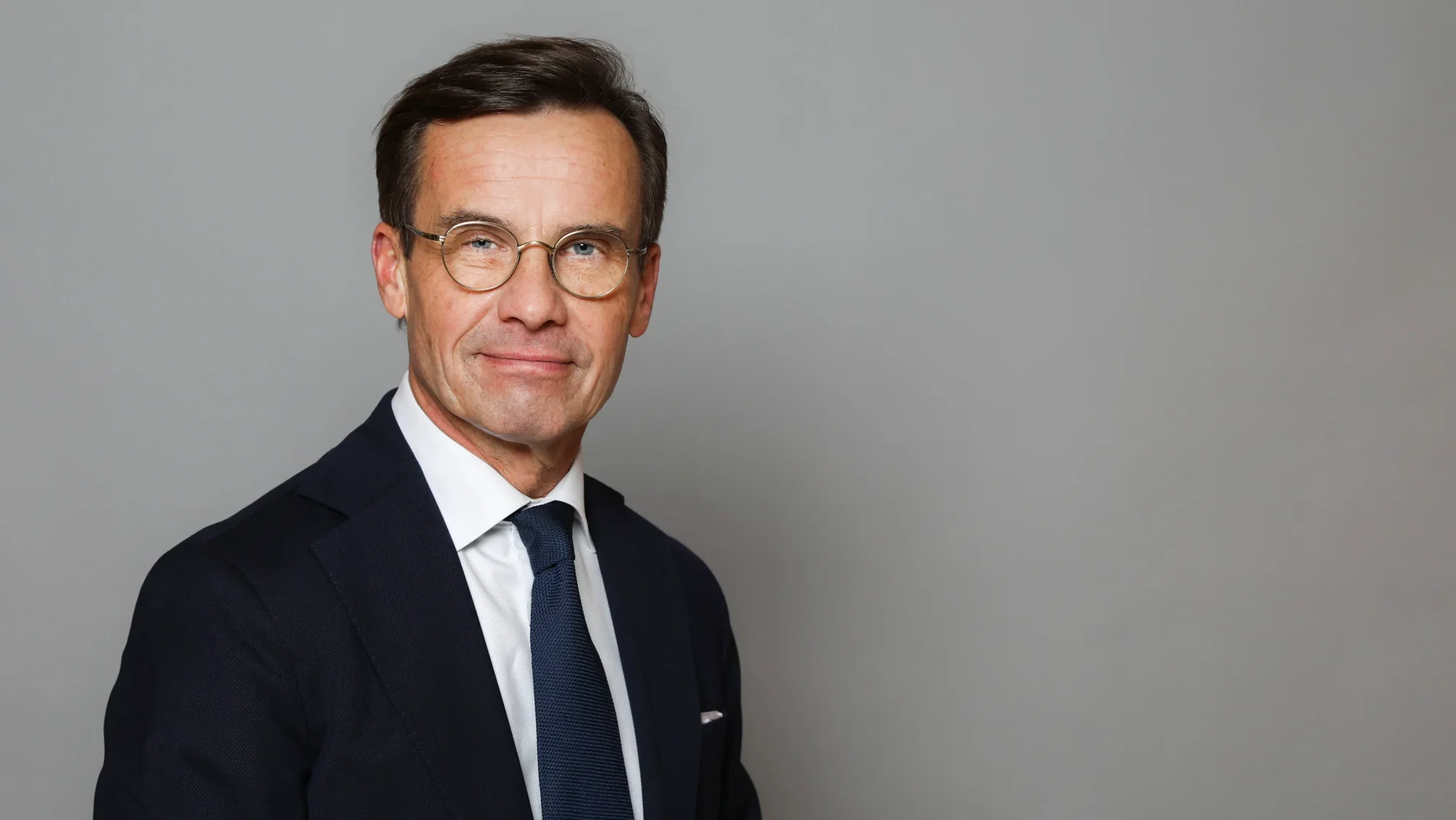
Swedish Prime Minister Ulf Kristersson
Photo: Ninni Andersson/Regeringskansliet
Getting the shovel in the ground for new nuclear power plants before the next election would be great, Swedish PM Ulf Kristersson said in an interview Wednesday. At the very least, he said, the decisions required for the project must be in place before 2026. “We are fully dedicated.”
Speaking with daily Dagens Nyheter at the halfway point of his government’s term, Kristersson emphasized the crucial need for a stable energy supply and the key role of nuclear power in achieving that goal.
“Much of the technological development we have will require a lot of electricity, especially in the transition to a climate-friendly economy,” he said.
Electricity production has to double “if we are to manage electrification,” Kristersson said, adding that pinning the nation’s hopes on emerging technologies that may or may not pan out would be “simply reckless.”
“Energy systems are part of the state’s fundamental infrastructure issues, much like railways, roads, and the education system. You can’t just leave it and hope it will work.”
Sweden currently has six nuclear reactors, producing about one-third of the country’s electricity. In November 2023, the government announced plans to build two large-scale reactors by 2035 and the equivalent of ten new reactors, including small modular reactors (SMRS), by 2045.
Government-owned power company Vattenfall is in the process of evaluating the possibilities for building small modular reactors at the location of the decommissioned Ringhals nuclear plant, 62 km south of Gothenburg. At the same time, the company is investigating the possibility of building large-scale reactors. Vattenfall is also examining options for extending the lives of its existing reactors.
Desireé Comstedt, head of new nuclear power at Vattenfall said in a press statement:
Regardless of whether we choose small modular reactors or large-scale reactors, a future investment decision will require a reasonable risk-sharing model with the state. This is necessary to reduce the financing costs for new reactors and thereby achieve a reasonable electricity production cost that customers are willing to pay.
The revived nuclear power project will be financed by a risk-sharing model with the Swedish government acting as a guarantor. It’s not a matter of subsidies, Kristersson emphasized. “We would never have been able to launch the previous nuclear power program without state involvement.”
The government has previously suggested introducing credit guarantees of SEK 400 billion ($38 billion) for nuclear power. As this has not been judged to be sufficient to attract investors, a risk-sharing model was proposed.
In 2023, Sweden set up a bilateral agreement with France for the development of nuclear power. The two countries intend to play a leading role in a European nuclear alliance of eleven EU member states, launched in Stockholm in February 2023.
